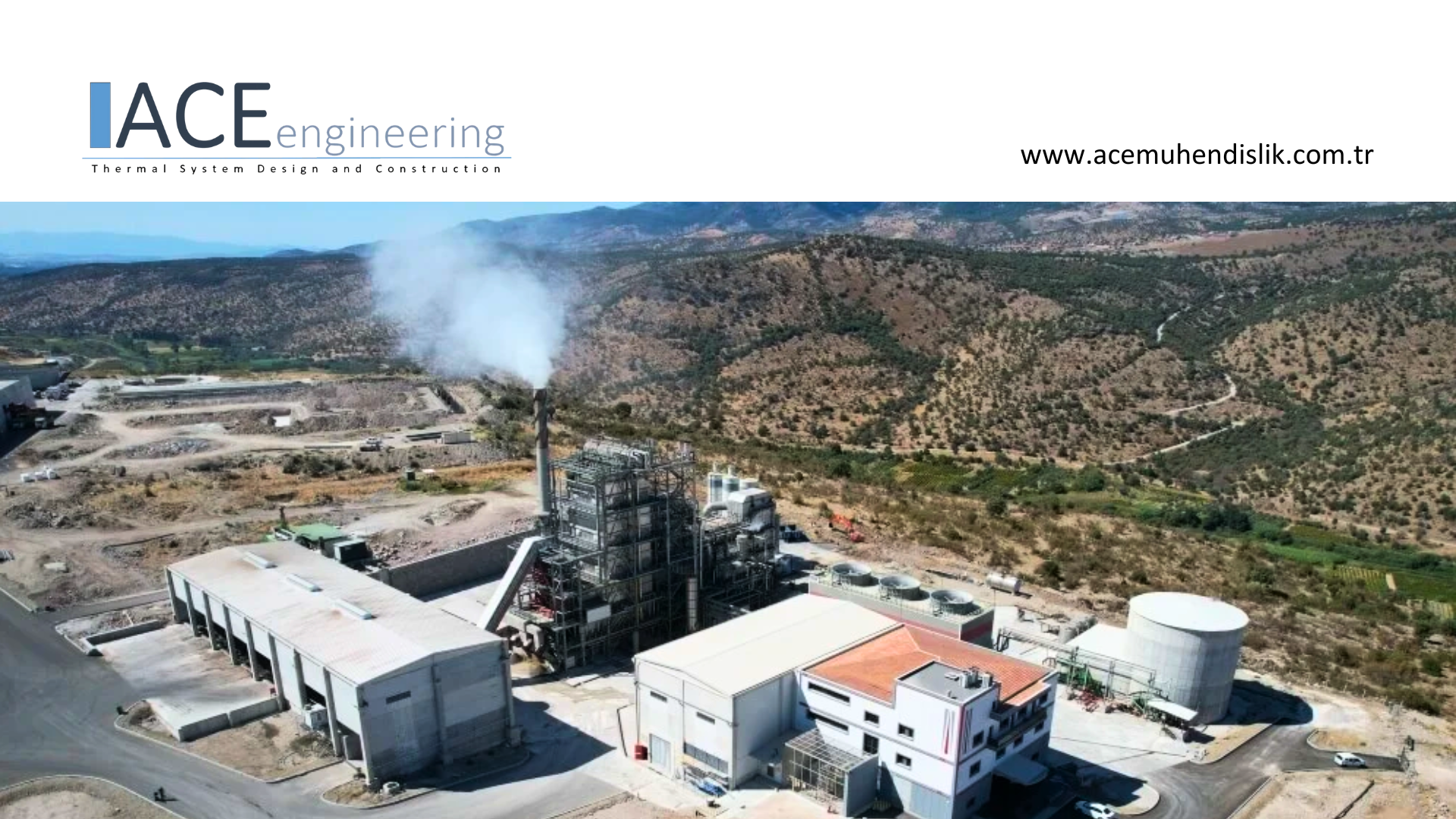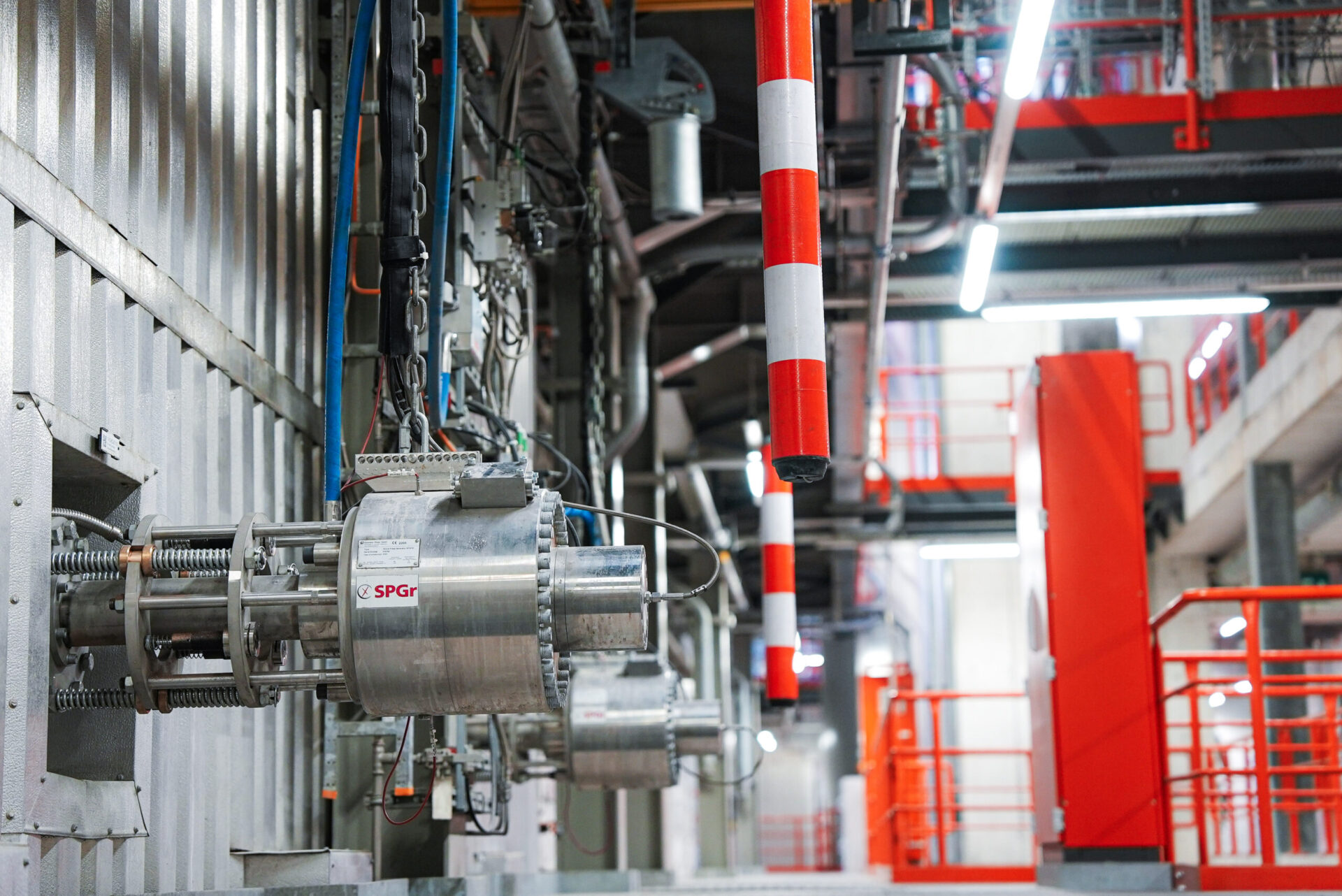In the cleaning of soot and fly ash from the combustion plants, much has changed in the history. While the ancestors had to deal mainly with soot in the flue gas, the present-day furnaces are mainly confronted with fly ash in the flue gas thanks to the controlled firing. The «soot», resulting from insufficient combustion is not known to modern combustion technology, because this organic carbon content is burned out to the state of inorganic residue, namely to the fly ash.
The waste triangle demonstrates that an adequate amount of ash must always be expected in the waste.
Various cleaning processes have become established in industrial technology and the former chimney sweeper is rarely seen anymore. At present, modern combustion plants are largely kept in continuous operation by means of various cleaning systems.
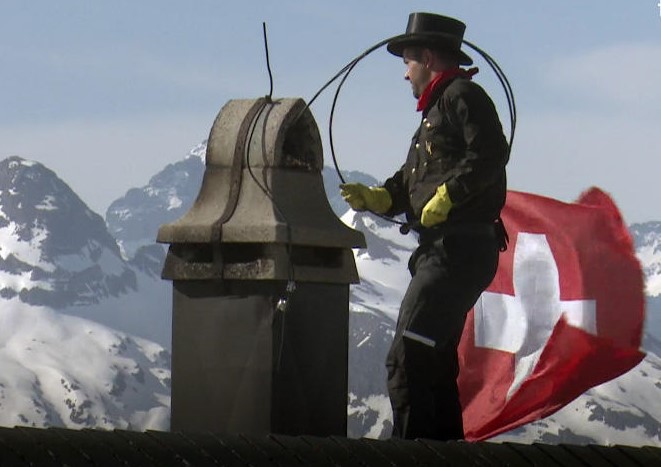
Fig. 1: The good chimney sweeper of the past days
[www.bote.ch/nachrichten/schwyz/schwyz_bdu/dieser-kaminfeger-hat-die-schoenste-aussicht]
This is how our grandparents treated the waste
Already our ancestors have had the idea to treat the unneeded waste by burning it. Over time, it became clear that the released heat should be used. Soon, the most diverse stoves for heating and cooking were developed, in which, in addition to the actual fuel wood or coal, combustible waste was also burned.
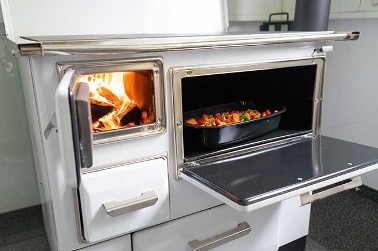
Fig. 2: An “omnivore” of days gone by. [www.kaminofen-store.de/kuechenherd]
During industrialization and densification of the population, it has become clear that such a kind of unregulated combustion is highly uneconomical and furthermore due to the various fuels – in addition to the soot and fly ash – many toxic substances are emitted. The environment around each fireplace not only smelled of «burnt», but also made it difficult to breathe. Not aware were the negative effects on people and nature due to the halides and heavy metals contained in the flue gas.
«Although mankind has known fire as a blessing or a terror for thousands of years, the physico-chemical process of combustion is still quite little scientifically penetrated»
[W. Bioe 1901-1978, Chair of Thermal Engineering TH Dresden]
As materials have become more diverse, waste has become more energy containing, which has shifted the focus from disposal to energy recovery for the generation of electrical energy, process heat or district heating.
How to measure the energy content of the waste?
The waste triangle can be used to illustrate the relationship between waste qualities, which is based on the following relationship: [Tanner Triangle for Assessment of Combustibility of MSW: World bank technical guidance report or H. Hämmerli: Grundlagen zur Berechnung von Müllfeuerungen]

where the combustible* also contains the inert components such as nitrogen as well as oxygen and is therefore marked with an asterisk (*).
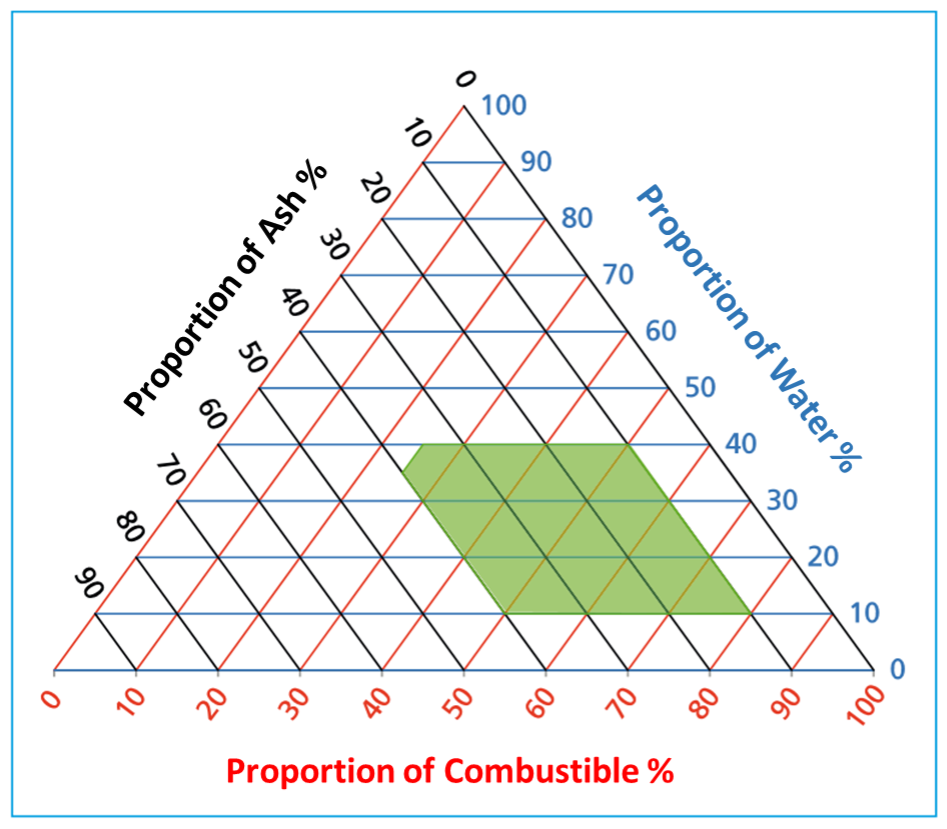
Fig. 3: Waste-Triangle by Hämmerli, Tanner Triangle for Assessment of Combustibility of MSW [World Bank Technical Guidance Report]
Unfortunately, the anhydrous calorific value of the waste, which means the energy-bearing calorific value, cannot be calculated from the waste triangle. For practical calculation, only the water- and ash-free calorific value Hi,waf (= water-ash-free) characterizes the mass fraction of the combustible.
The amount of heat that is released as usable heat during the complete combustion of a substance (released heat minus the energy lost for the evaporation of the water produced during combustion) is called the calorific value.
The calorific value Hi (inferior; formerly lower calorific value Hu) is thus the maximum amount of heat that can be utilized in a combustion process without condensation of the water vapor contained in the exhaust gas, based on the amount of fuel used.
Thus, the fuel heat rate QBWL in (MJ/h or MW) corresponds to the energy per time-unit released during the stoichiometric combustion of mB fuel (in Mg/h) with heating value Hi (MJ/kg).

The ash portion is not combustible and is largely discharged from the incineration path either as grate residue or as fly ash with the flue gas. On the flue gas path, a significant portion of the fly ash settles on heat-transferring surfaces and decreases the heat utilization. Just as chimney sweepers used to clean the flue gas path up to the chimney outlet, nowadays various cleaning devices clean the flue gas path up to the outlet from the boiler.
The current state-of-the-art of the biomass and waste incineration plants are mainly based on grate or fluidized bed technology and operate continuously for many months. The cleaning of fly ash has still a considerable potential for improvement.
What happens to the «chimney cleaning »?
An overview of boiler cleaning procedures can be found in the Explosion Power GmbH blog.
Explosion Power GmbH provides of a range of online and automatic Shock Pulse Generators (SPGs) for boiler cleaning, which are mounted on the outer boiler wall. During boiler operation the boiler remains closed and activation takes place via the process control system.
For this cleaning technology, by means of combustion of natural gas with the aid of air or oxygen in a pressure-resistant vessel, a small amount of combustion gas is abruptly injected into the boiler. Due to the spatial spread of this shock wave, the entire interior of the boiler is released from deposits. This cleaning process, which is gentle on the boiler, prevents any damage to the boiler’s internal parts due to cleaning processes.
Currently, more than 700 such Shock Pulse Generators (SPG) are successfully in operation for various applications in over 20 countries worldwide. This has enabled operators to significantly improve continuous boiler operation and increase profitability.
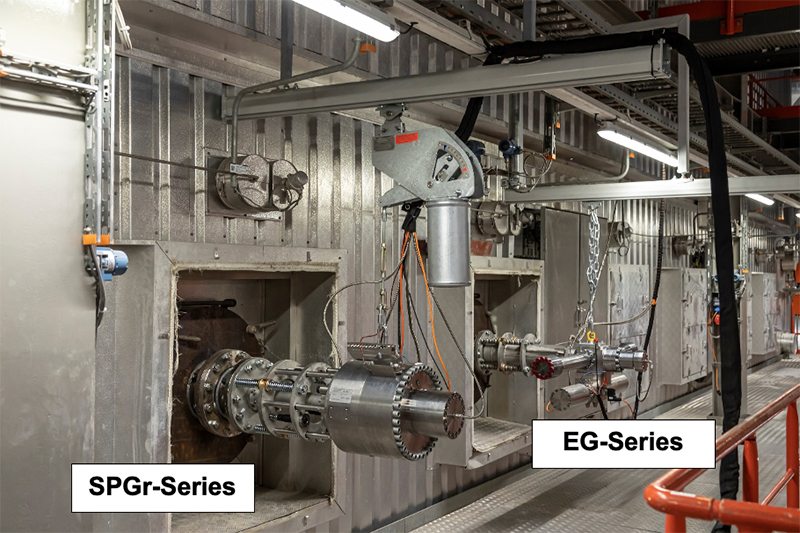
Fig. 4: Differences in the SPGs installed in a plant:
Left an SPGr with air and right an SPG with oxygen as combustion component, whereby both are operated with the fuel of natural gas [Photo by. Explosion Power GmbH]


